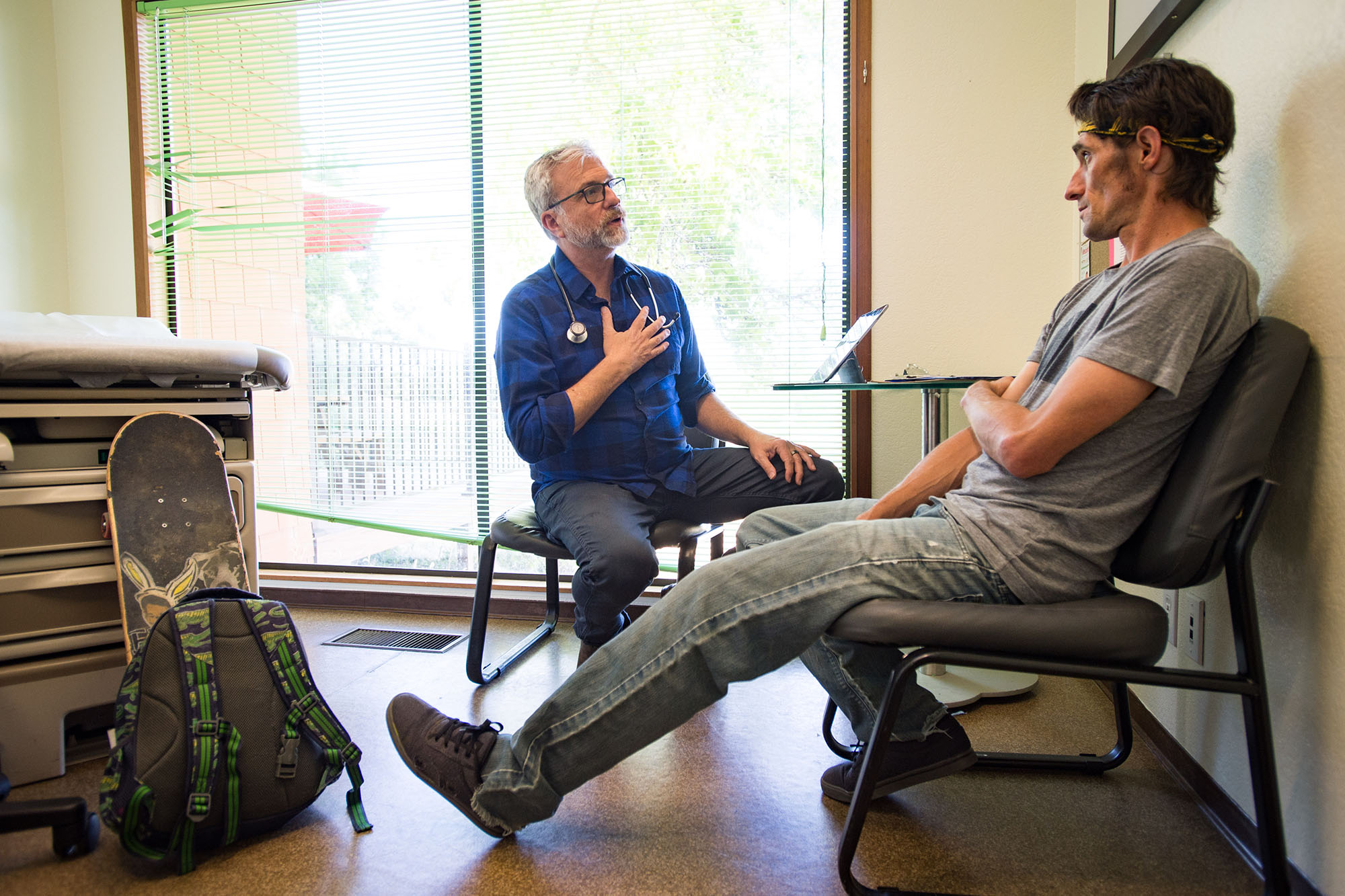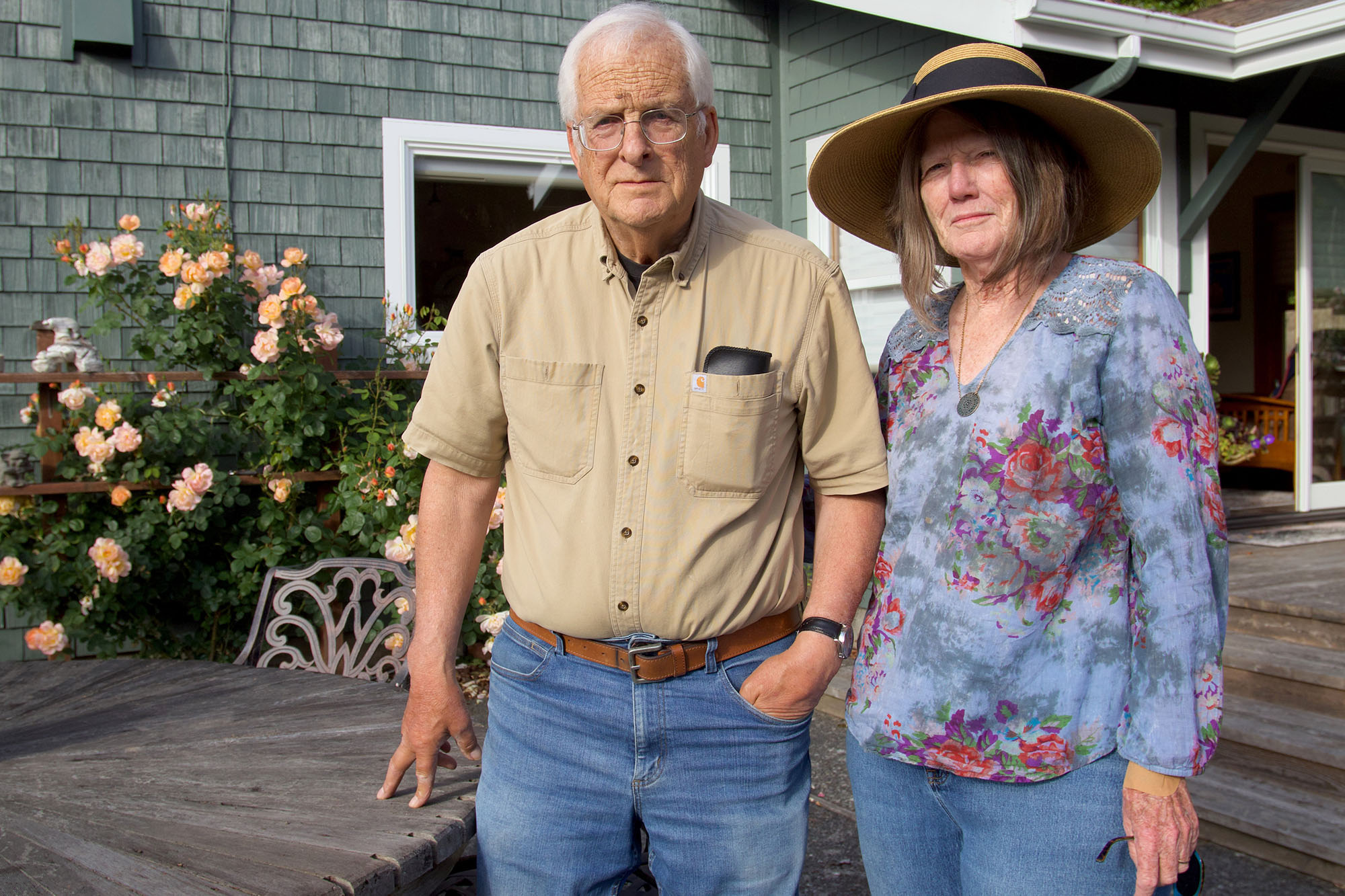View the Report
Jump to All Downloads & LinksNurse practitioners (NPs), or enfermeros especilizados in Spanish,1 are a vital part of California’s health care workforce. This Spanish language term for NP was codified in California state law AB 890, passed in 2020. They play a particularly important role providing high-quality care to underserved Californians, especially in Latino/x communities. They are more likely to work in safety-net settings, including community health centers, where Latino/x Californians disproportionately get their care.
Enfermero/a especializado/a is the Spanish word for nurse practitioner.2
Today, more than seven million Californians, the majority of whom are Latino/x, live in Health Professional Shortage Areas.3 With primary care and other provider shortages projected to grow over the next decade, NPs will play an even greater role in ensuring Latino/x families can access the care they need.4 That is especially true, given that NPs already represent nearly a third of California’s primary care workforce and that their numbers in the state are growing at twice the rate of physicians.
The care provided to Latinos/x in California should be the same high-quality care provided to all Californians. Research studies show that NPs provide primary care of similar quality as physicians and, in some aspects, NP quality of care may be higher.5
Latino/x Californians Face Growing Challenges Accessing Care
Nearly one in five Latino/x Californians report having no usual source of care.6 They are also:
- More likely to experience provider shortages: 44% said there are not enough primary care providers in their community to meet local needs, compared to 35% of Californians overall.7
- Most likely to say that they, or a family member, had to put off physical health care or skip a medical test due to cost in the last 12 months.8
- Least likely to say that they can get health care for themselves or their family at a location “that is easy to get to.”9
- Least likely to report that it’s easy to find health care they can afford for themselves or their family.10
- The least likely to report having a primary care provider, even when they are insured, compared to other insured Californians.11
Nurse Practitioners Provide Care Where It’s Needed the Most
Research studies show that nurse practitioners provide primary care of similar quality as physicians and, in some aspects, NP quality of care may be higher.12
- NPs play an important role in the safety net. Over 60% of NPs in California say they always or almost always work with underserved populations.13
- NPs play a major role in community health centers. California NPs are more than twice as likely to work in a community health center than physicians.14
- NPs are more likely to speak Spanish than physicians. In California, 27% of NPs speak Spanish, compared to less than 20% of physicians.15
- NPs are more likely to work in primary care than physicians. Among California NPs, 59% work in primary care, compared to 17% of physicians.16 NPs also represent nearly a third of California’s primary care workforce, and their numbers in the state are growing at twice the rate of physicians.17
- NPs nationwide are more likely to work in rural communities than physicians.18
Notes
- This Spanish language term for NP was codified in California state law AB 890, passed in 2020. ↩︎
- Ibid. ↩︎
- “HPSA Find,” Health Resources and Services Administration. ↩︎
- Meeting the Demand for Health: Final Report of the California Future Health Workforce Commission (PDF), California Future Health Workforce Commission (Commission), February 2019. ↩︎
- Robin P. Newhouse et al., “Advanced Practice Nurse Outcomes 1990-2008: A Systematic Review,” Nursing Economics 29, no. 5 (Sep.–Oct. 2011): 230–50. ↩︎
- Megan Thompson and Allison Valentine, Health Disparities by Race and Ethnicity in California, 2021: Pattern of Inequity, California Health Care Foundation (CHCF), October 2021. ↩︎
- The 2019 Kaiser Family Foundation / CHCF California Health Policy Survey, CHCF. ↩︎
- Rebecca Catterson, Lucy Rabinowitz, and Emily Alvarez, The 2022 CHCF California Health Policy Survey, CHCF, January 2022. ↩︎
- Catterson, Rabinowitz, and Alvarez, 2022 CHCF Survey. ↩︎
- Catterson, Rabinowitz, and Alvarez. ↩︎
- NORC report [forthcoming]. ↩︎
- Meeting the Demand, Commission. ↩︎
- Joanne Spetz et al., 2017 Survey of Nurse Practitioners and Certified Nurse Midwives, Healthforce Center at UCSF, April 2018. ↩︎
- Joanne Spetz, Expanding the Role of Nurse Practitioners in California: The Impact on Patient Access to Care (PDF), CHCF, May 2019. ↩︎
- Spetz et al., 2017 Survey; and Janet M. Coffman, Igor Geyn, and Margaret Fix, California Physicians: Who They Are, How They Practice (PDF), CHCF, August 2017. ↩︎
- Spetz et al., 2017 Survey; and Coffman, Geyn, and Fix, California Physicians. ↩︎
- Spetz et al.; and Coffman, Geyn, and Fix. ↩︎
- Meeting the Demand, Commission. ↩︎





